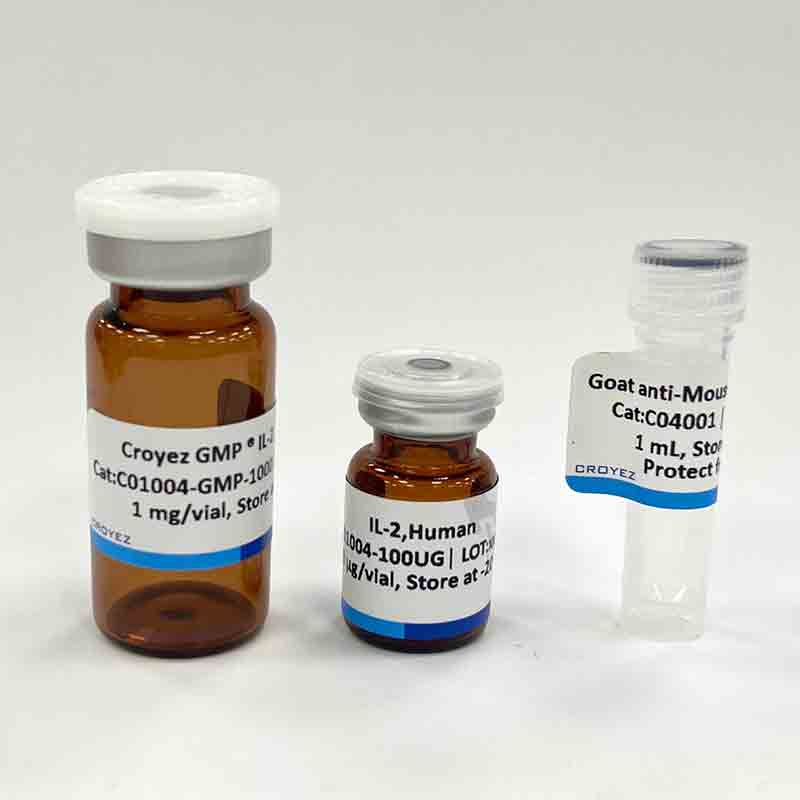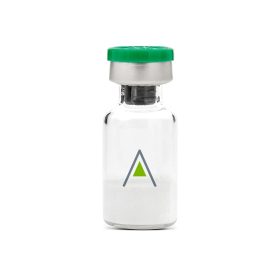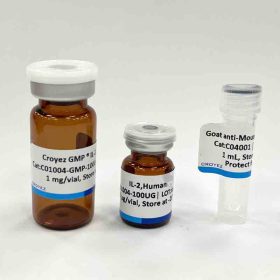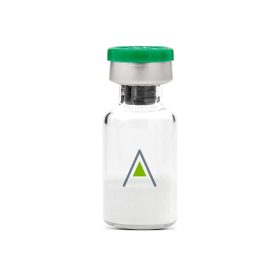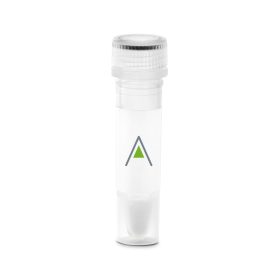Interleukin-31 (IL-31) s an inflammatory cytokine that helps trigger cell-mediated immunity against pathogens. It has also been identified as a major player in a number of chronic inflammatory diseases, including atopic dermatitis. It is produced by a variety of cells, namely type 2 helper (TH2) T-cells. IL-31 sends signals through a receptor complex made of IL-31RA and oncostatin M receptor β (OSMRβ) expressed in immune and epithelial cells. These signals activate three pathways: ERK1/2 MAP kinase, PI3K/AKT, and JAK1/2 signaling pathways.
Sequence:
MTCSLSFGAPISKEDLRTTIDLLKQESQDLYNNYSIKQASGMSADESIQLPCFSLDREALTNISVIIAHLEKVKVLSENTVDTSWVIRWLTNISCF
NPLNLNISVPGNTDESYDCKVFVLTVLKQFSNCMAELQAKDNTTC with polyhistidine tag at the Cterminus
Source:
Escherichia coli
Endotoxin Test:
<0.1 EU per 1 μg of the protein by the LAL method.
Purity:
>98% as determined by SDS-PAGE. Ni-NTA chromatography
Formulation:
The protein was lyophilized from a solution containing 1X PBS, pH 7.4.
Reconstitution:
It is recommended to reconstitute the lyophilized protein in sterile H2O to a concentration not less than 100 μg/mL and incubate the stock solution for at least 20 min to ensure sufficient re-dissolved.
Storage:
Lyophilized protein should be stored at -20°C. Upon reconstitution, protein aliquots should be stored at -20°C or -80°C.
Note:
Please use within one month after protein reconstitution.

